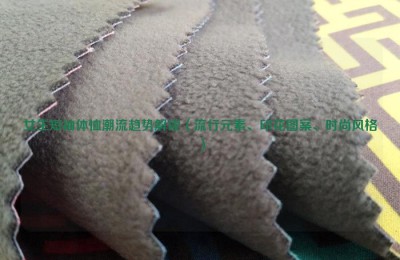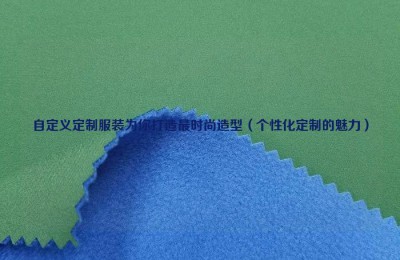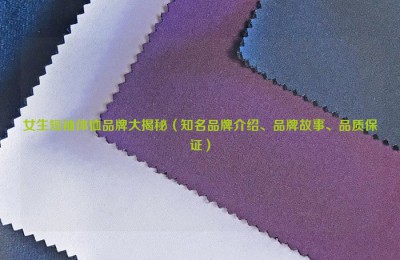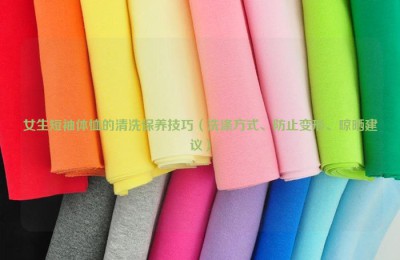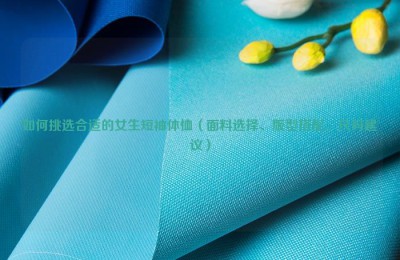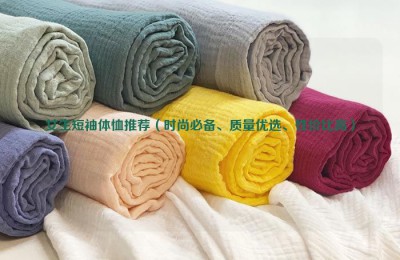On June 2, the project construction site of Xinjiang Kuntai Textile Printing and Dyeing Technology Co., Ltd. located in Alar Economic and Technological Development Zone was in full swing, and the installation of the steel beam frame structure of the factory building was coming to an end. The project plans to invest 1.3 billion yuan to build 2,500 looms, printing and dyeing production lines and other related supporting facilities. After being put into operation, the annual output value is expected to be 1 billion yuan, creating employment for 1,200 people.
In another corner of Alar Economic and Technological Development Zone, Xinjiang Yuxin Textile New Materials Co., Ltd. is a comprehensive project integrating polyester, chemical fiber, weaving, printing and dyeing. Under construction in full swing. The total investment of the project is 11 billion yuan, and the construction of projects with an annual output of 1 million tons of polyester fiber, weaving, printing and dyeing, and supporting cogeneration will further open up the “last mile” from petrochemical industry to textile and clothing processing.
Relying on the high-quality cotton production base, seizing the support of the national textile industry revitalization policy and the opportunity to undertake the eastern textile industrial transfer, Alar City of the First Division thoroughly implemented the “Regulations of the Corps General Office” “Notice on Increasing Support for the Development of the Textile Printing and Dyeing Industry and Promoting the Extension of the Industrial Chain” and “Measures for the Special Fund Management of the Textile and Garment Industry of the Corps”, etc., formulated measures to support the development of the printing and dyeing and polyester industries, and introduced multiple printing and dyeing projects. Currently, it hasViscose, polyester fiber and other textile fiber printing and dyeing capabilities, enabling multi-category printing and dyeing such as loose fiber dyeing, yarn dyeing, fabric dyeing and finishing.
Since this year, Alar City of the First Division has built 3 printing and dyeing enterprises, 5 printing and dyeing enterprises are under construction, and 5 printing and dyeing enterprises are planned to be built; the printing and dyeing production capacity has reached 135,000 tons, accounting for 51% of Xinjiang’s printing and dyeing production capacity. After the project is fully put into operation, it is expected to have an annual output value of 12 billion yuan and provide 8,000 jobs.
As one of the four major textile and garment industry bases in Xinjiang identified by the state, Alar City of the First Division focuses on the construction of “Five Cities” and continues to expand and strengthen the textile and garment industry. Alar Economic and Technological Development Zone has become the Southern Xinjiang Corps The only comprehensive textile industry base, the spinning-weaving-printing and dyeing-home textile industry chain has basically been formed.
To improve the local conversion rate of cotton products and create an internal circulation chain in the textile and garment industry, the Alar Textile and Garment City located in the Alar Economic and Technological Development Zone relies on its resource advantages. After years of development, it has established industrial chains such as spinning, weaving, printing and dyeing, etc. It has begun to take shape. Currently, there are 16 textile and garment enterprises above designated size such as Alar Tongkun Textile, Xinjiang Dongcai Weaving and Home Textile, and the industrial agglomeration effect is prominent.
During the “14th Five-Year Plan” period, Alar City, the First Division, will encourage advantageous enterprises to increase transformation and upgrading efforts, refine the ecological printing and dyeing industry, and promote the application of clean printing and dyeing production technology, new textile material dyeing and finishing processing technology, wastewater treatment and recycling Use other technologies to improve the overall printing and dyeing level and enhance the core competitiveness of the comprehensive textile and garment industry.
AAA functional fabric network FGBHGYUTKU

